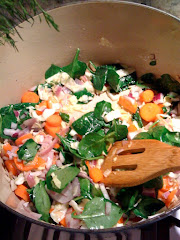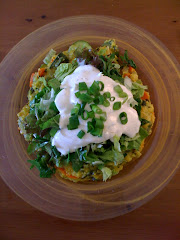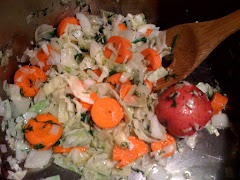
Constipation
It’s embarrassing, uncomfortable, and irritating and it affects over 4 million people in the United States regularly!
What can we do about it? It’s important to understand the possible reasons behind it and why it is important to eliminate properly and on a regular basis.
Americans tend to eat a higher ratio of meat, dairy, and bread and while eating very little fruits and vegetables. For this reason little dietary fiber is consumed. At the same time Americans tend to drink soft drinks or juices over water. With these two actions combined, constipation is bound to happen (pun intended!) As well, the disproportion of animal products and vegetables upsets the normal balance of bacteria in the bowel.
It is important to eliminate large, formed, moist stools every day. For one, it is our bowel that absorbs nutrients. The small intestines have the incredible job of breaking down and distributing nutrients from food to all of our body. The small intestine consists of the duodenum where absorption of minerals takes place. Next is the jejunum where water soluble vitamins, carbohydrates, and proteins are absorbed. Lastly, the ileum is where fat soluble vitamins, fat, and cholesterol are absorbed. By the time food passes to the large intestine or the colon, water and some final electrolytes are absorbed. It is here that what is remaining waits to be eliminated. This is the waste products of what was eaten. While it is sitting here, bacteria are continuing to break it down.
The types of foods eaten determine the health of the large intestine. A diet high in fiber helps aid in the proper breakdown of waste products and also the proper elimination of wastes and toxins from the body. Putting it bluntly, if we do not eliminate our wastes, they start to be reabsorbed back into the blood stream, back up into the small intestines and begin burdening the liver, pancreas, and gall bladder. There are an estimated 148,000 annual cases of colorectal cancer in the United States! ( 107,300 annual cases of colon cancer and 41,000 annual cases of rectum cancer (SEER 2002 estimate).
What we can do!/strong
Eat a balanced diet of whole foods including fresh vegetables, fruits, legumes, and whole grains.• Drink a glass of warm water upon arising from sleep to stimulate the bowel.
• Drink plenty of water throughout the day.
• Supplement with a whole food vitamin being sure to include magnesium and vitamin C.
• Add ground flax seed to baked goods, sprinkle over cereal or yogurt.
• Alternate psyllium with Triphala, (an Ayurvedic herb) to assist in elimination and bowel cleansing
• Take a pro-biotic supplement to balance the bacteria in the bowel.

































